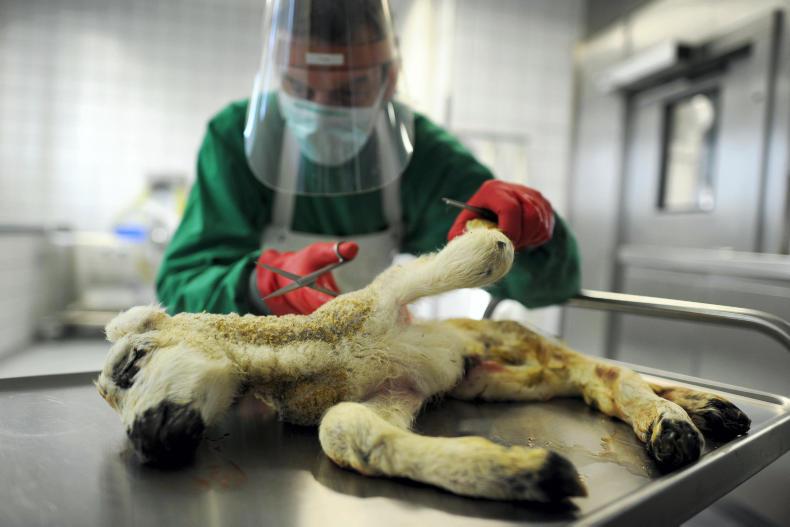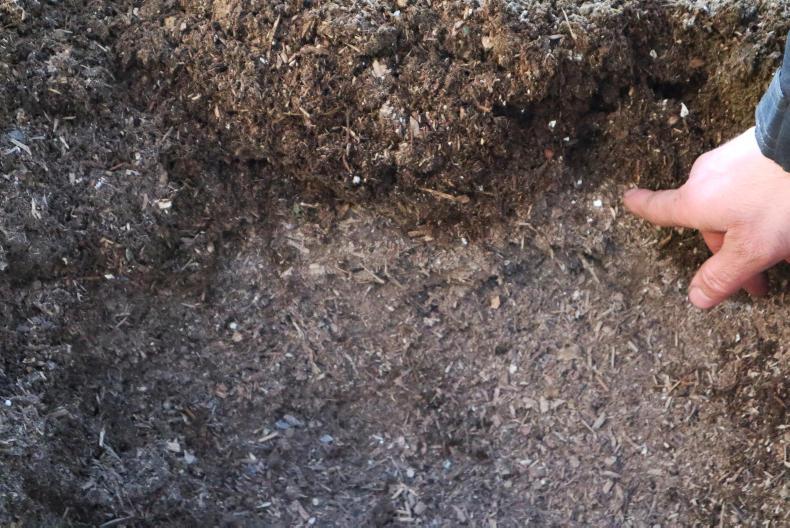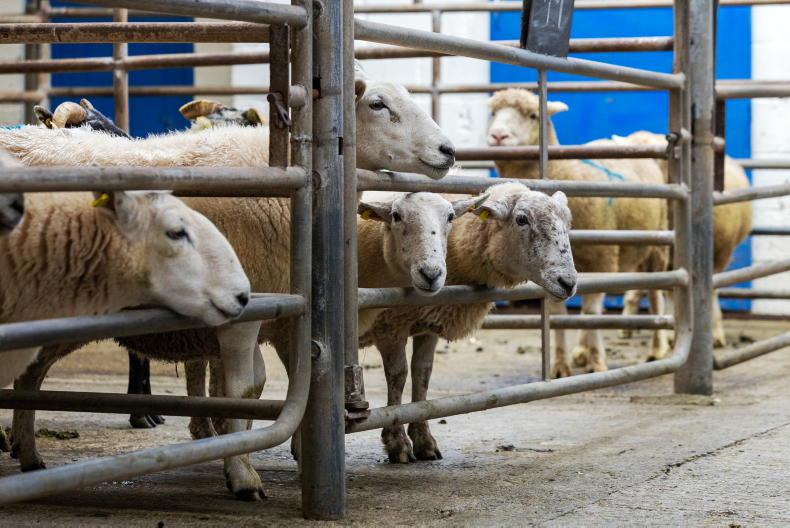Two Scottish sheep flocks near the English border have had confirmed diagnosis of Schmallenberg virus (SBV) in malformed lambs. This follows on from a rise in numbers of affected lambs across England and Wales this winter.
Cases of Schmallenberg being discovered now will have been infected last year. The Schmallenberg virus is spread by midges. For the virus to have a high impact in cattle herds and sheep flocks the midge must infect pregnant mothers at key stages of pregnancy. For sheep this is the second month and slightly beyond of pregnancy, and for cattle they must be bitten in the month’s three to five of pregnancy, but can have issues slightly after this period too. This is when damage to the developing central nervous system occurs. This results in brain and limb deformities in the newborn lambs and calves.
The disease can spread sporadically, with previous outbreaks being very close to areas which have no cases of Schmallenberg. SAC Consulting vets expect the higher risk will be to cattle mated in the summer of 2017 and at the edge of the northward progression of infected midges. Fortunately the Scottish weather has prevented the disease from having the same effect on animals to the extent in England and on the continent.
Any farmer who is suspicious of Schmallenberg cases on their farm should contact their vet.
George Caldow, Head of SAC Consulting Veterinary Services said: “It can be difficult to predict how widespread any infection will turn out to have been or to be, but there are some important points that give us an indication of the likely impact that SBV infection will have this spring on Scottish livestock. In winter 2016-2017 SRUC vets have not diagnosed SBV in either early lambing flocks in Scotland or in year round calving dairy herds in Scotland.
“It is therefore inferred that at the time of maximum midge activity in 2016 there was unlikely to have been SBV present in the midges in Scotland, otherwise we would have seen cases in these two categories of animals.
“The midge population progressively declines as we move into winter and midge numbers will have been low during the time of maximum vulnerability of the main Scottish spring lambing flock, which is likely to have been December and January. Therefore, it may be that only a small number of ewes will have been infected with few affected lambs being born and these are more likely to be in flocks in the southernmost part of the country.
“The limited information we have to date suggests that the midge population in some parts of southern Scotland became infected in late autumn probably due to the gradual spread north of infected midges.”










SHARING OPTIONS